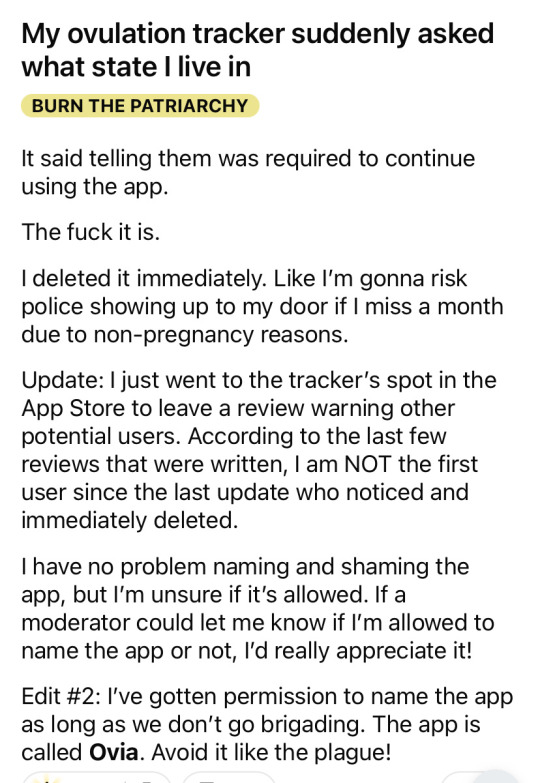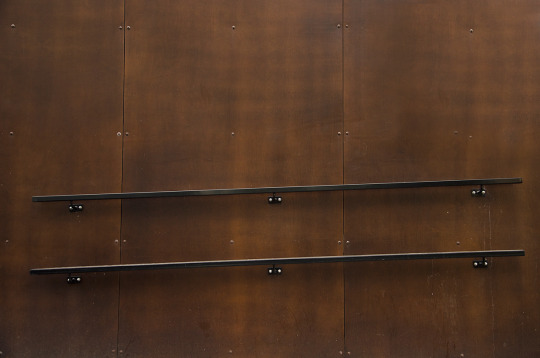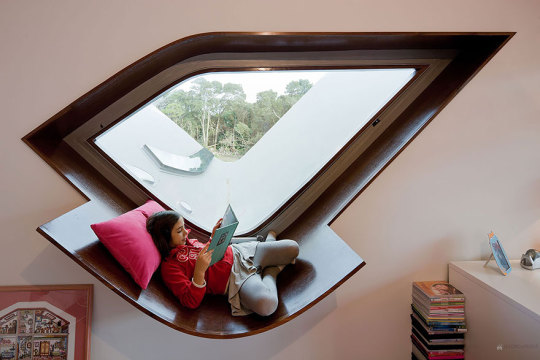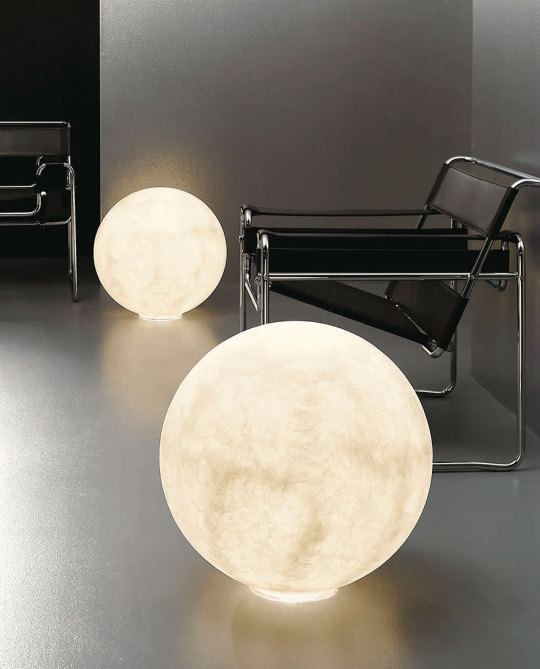Text

Sinner’s finale ✨
*dusts off this account* I keep forgetting that I have a tumblr lmao
6K notes
·
View notes
Text
couple days ago I found my "vaccinated, but still anti-social" t-shirt in a pile of clean clothes in my cave and decided it was time to start wearing it again.

spring
2K notes
·
View notes
Note
I like them most ways, though if I'm making them for myself I'm generally lazy and just make them over easy. The only time I put real effort into them any more is when I'm making deviled eggs for family holiday meals, and often after they get to the table I don't eat any because I've sampled while making them :)
I'm not sure if you've done this one but can you do a poll asking about how you eat your eggs?
Sure! Not sure what options you wanted but...
Want to submit a poll? Send an ask or submission
reblog for larger sample size appreciated
142 notes
·
View notes
Photo
Couldn't help noticing that the original person deactivated their account, but the sentiment continues. Reblogging keeps things/ideas from oblivion.
If you care, share.

Reblog art guys. Seriously.
177K notes
·
View notes
Text
youtube
“we can prance, we can prance, give the Lippizaners a chance”
You can lead a horse to water.
You can leave your horse behind.
Because your horse don’t dance and if he don’t dance then he’s no horse of mine
186K notes
·
View notes
Photo
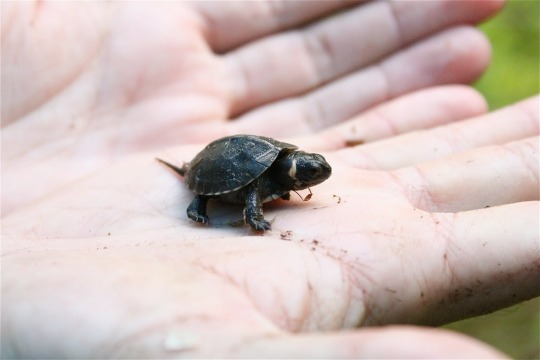
Pictured here is the bog turtle – North America’s tiniest turtle! This turtle can be found in the Appalachian Mountain bogs, one of the nation’s most biodiverse, yet rarest and most imperiled habitats. Roughly 90 percent of the area’s mountain bogs that once existed have been lost, making protection critical. That’s why the President’s budget calls for funding to conserve places like this as part of full and permanent funding for the Land and Water Conservation Fund. http://on.doi.gov/23Ljo4L 🐢
Photo by Rosie Walunas, USFWS.
1K notes
·
View notes
Text
Hospitals are patient zero for the Internet of Things infosec epidemic
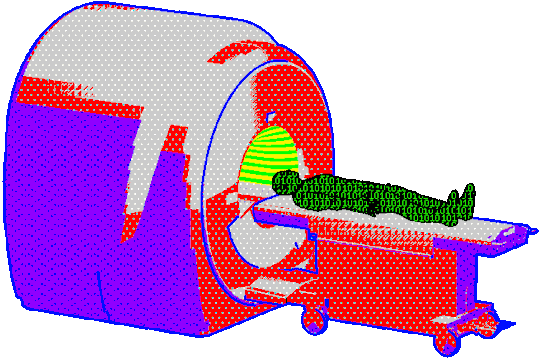
As I have often noted, medical devices have terrifyingly poor security models, even when compared to the rest of the nascent Internet of Things, where security is, at best, an afterthought (at worst, it’s the enemy!).
An excellent feature by Monte Reel and Jordan Robertson in Bloomberg Business, documenting the Mayo Clinic’s experiment with hiring penetration testers to examine the security of their devices. The results were predictably alarming: the devices with the power of life and death over entire buildings-full of people are really badly secured, and so prone to hacking that a KPMG survey found “81 percent of health information technology executives said the computer systems at their workplaces had been compromised by a cyber attack within the past two years.”
On the basis of the pen testers’ findings, the Mayo Clinic instituted a stringent set of security requirements from its vendors, but few hospitals and clinics have the bargaining power to make similar demands. What’s more, vendors come up with terrible solutions to their own security problems. For example, the manufacturer of an automated drug-safe that could be trivially “jackpotted” (caused to dump all its opoids and other controlled substances) “fixed” the problem by requiring fingerprint authentication – from surgical teams who were operating in sterile environments, wearing gloves to protect themselves from infectious agents.
The FDA is remarkably uninterested in this (they seem “to literally be waiting for someone to be killed”). Doctors and administrators are prone to shooting the messengers, accusing security researchers of writing scare-stories. But pen testers and auditors keep finding hospitals that are playing host to all kinds of malware that’s sneakily exfiltrating confidential patient data, and, alarmingly, installing ransomware packages with the power to lock up the whole electronic infrastructure of the hospital.
One thing the authors miss, regrettably, is the other titanic and immovable impediment to auditing and improving medical device security: copyright law. Section 1201 of the DMCA makes it a felony (punishable by five years in prison and a $500,000 fine) to disclose information that would assist in removing a digital lock. Medical device vendors routinely deploy these locks to prevent their competitors from making interoperable products. For example, an insulin pump maker might use digital locks to prevent patients from using cheaper insulin; or a pacemaker vendor could use them to prevent competitors from making their own software for organizing patient data, forcing hospitals and doctors’ offices to buy an annual license to use the original vendor’s software.
This year’s Copyright Office proceedings on Section 1201 of the DMCA included this filing from Jay Radcliffe, who features heavily in the Bloomberg story; in which he documents the ways that DMCA has prevented him from disclosing potentially lethal vulnerabilities in commonly used medical implants (including the insulin pump his own doctor wants him to use).
Whatever commercial and technical impediments exist to securing medical devices – bad vendors, lack of negotiating power in hospitals, the intrinsic difficulty of information security – the DMCA makes it all much, much worse.
But it’s a very good article, despite this important omission. Especially good is the passage in which infosec researcher Billy Rios finds himself critically ill, in a hospital bed, being kept alive by many of the insecure devices he’d been railing against:
http://boingboing.net/2015/11/13/hospitals-are-patient-zero-for.html
66 notes
·
View notes
Photo

Top Shot: Dining Oasis
Top Shot features the photo with the most votes from the previous day’s Daily Dozen. The Daily Dozen is 12 photos chosen by the Your Shot editors each day from thousands of recent uploads. Our community has the chance to vote for their favorite from the selection.
This rock sits just offshore in Zanzibar, a semi-autonomous part of Tanzania in the Indian Ocean, and is home to a unique dining experience, The Rock Restaurant. . Photograph by Dale Johnson
174 notes
·
View notes
Photo
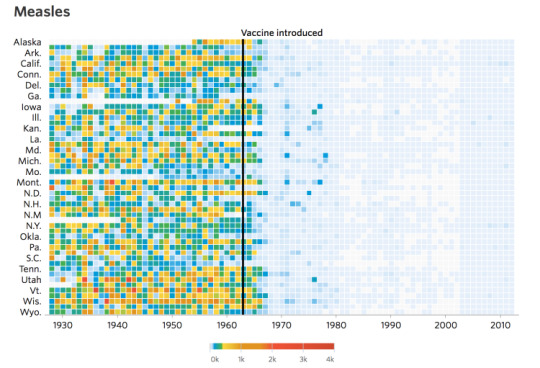
A Series of Heat Maps Showing the Correlation Between Vaccinations and the Occurrence of Infectious Diseases
412 notes
·
View notes






